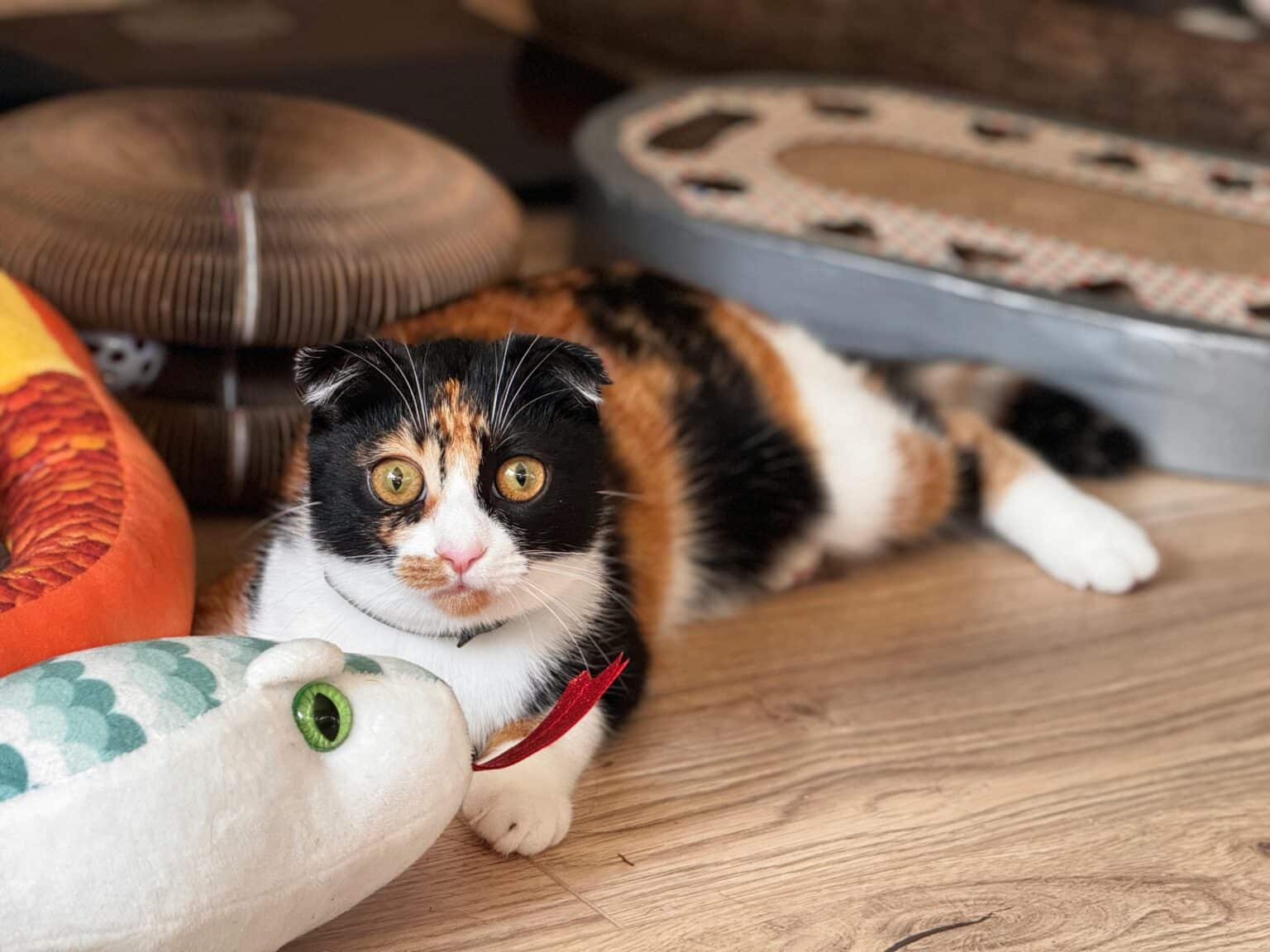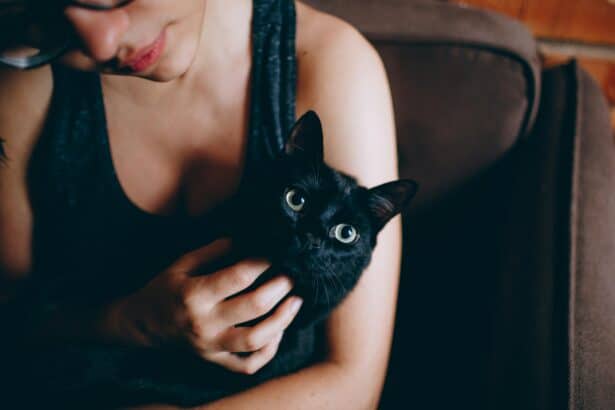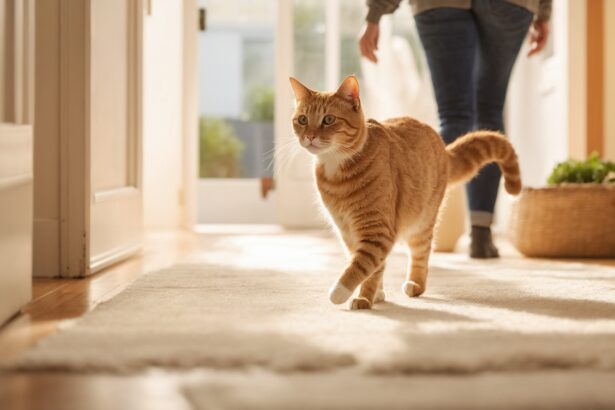You’ve seen the viral clips: your serene floof takes a bite, turns around, spots a cucumber… and leaps like a tiny panther. So, why does this mild-mannered veggie send cats into orbit? Let’s gently decode the instincts, senses, and emotions behind the famous cucumber scare—and learn how to keep your sweetheart feeling safe.
Where does the fear come from?
An instinctive startle, not “drama”
When a strange shape pops up suddenly, a cat’s startle reflex fires first and asks questions later. It’s survival 101. A long, still, dark object placed within their blind spot? Their brain flags it as “possible predator,” and zoom—flight mode.
Why cucumbers in particular?
It’s not about vegetables; it’s about the silhouette. Long and slender, a cucumber can echo the outline of a snake when glimpsed quickly. That hint is enough to trigger an ancient caution, especially if the cat is already focused on eating and not scanning for threats.
How your cat’s senses amplify the reaction
Vision: great for motion, tricky with surprises
Cats are aces at detecting motion in low light, but a still object that appears “out of nowhere” behind them can feel ominous. When eating, they often have a blind spot behind their body, which makes a sudden reveal extra startling. Curious about their visual world? Peek at how they see here: how cats see.
Smell and context: the invisible cues
A fresh cucumber doesn’t carry familiar “cat-world” scents, so it doesn’t slot into known categories (food, toy, human, territory). That ambiguity, plus a surprise appearance in a safe zone like the feeding area, dials up anxiety. Fun fact: cats can’t taste sweetness, so the cucumber isn’t appealing as food either!
The real cost of the cucumber prank
Stress that lingers
Startle pranks might look harmless, but they can chip away at your cat’s sense of safety. Over time, some cats become jumpier around their bowls or in rooms where they were spooked, which isn’t the vibe we want at home.
Physical risks you don’t see coming
That explosive jump can lead to slips, collisions, and nasty landings. Even a small misstep can mean a sprain or a bruised rib. If you love exploring feline fears gently, you’ll also like this read: why cats are afraid of water.
What to do instead: build trust, not jump scares
Gentle exposure: the cucumber made friendly
- Place the cucumber in plain sight, far from the food area, while you sit nearby and speak softly. No sneaking, no surprises.
- Let your cat sniff from a distance. Mark calm behavior with a calm “good” and a treat or chin rub.
- Move it slightly during playtime so your cat learns it’s just another object, not a lurking threat.
Practical tip: Create a “curiosity station” on a mat where new objects appear predictably. Your cat chooses when to inspect, and you pair the station with treats or play. Over time, novelty = good things.
Common mistake to avoid: Don’t place a cucumber (or any object) behind your cat while they eat. The bowl is a safe zone; violating it can cause food-area anxiety and even food avoidance.
While we’re on odd scents and objects, here’s another fascinating quirk to explore: why some cats seem attracted to bleach.
Other things that can spook your feline
Everyday objects that get side-eye
- Aluminum foil: The crinkle sound and slippery feel are a big “nope.”
- Vacuum cleaners: Loud, fast, and unpredictable from a cat’s point of view.
- Balloons: Drifty movement plus static can be pretty eerie.
Noticing more “weird” reactions lately—tail flicks, sudden scratches around the bowl, quick retreats? This can help: why cats scratch the floor.
Surprising facts to tuck in your pocket
- Cats lack the receptor to taste sweetness, so most fruits and veggies are “meh” to them.
- They learn by association; a single big scare near the bowl can make that spot feel unsafe.
- Motion matters more than color for cats—so a still, stick-like object in the wrong place can be spookier than a bright toy zooming by.
When in doubt, choose kindness
It’s tempting to test the meme. But your cat trusts you to keep her world safe. Let’s make the laugh about a goofy play session, not a jump scare.
FAQ
Why are cats afraid of cucumbers?
Most aren’t afraid of the cucumber itself—it’s the sudden appearance of a long, unfamiliar shape near a safe zone. Instincts kick in, and they jump to stay safe.
Is it cruel to scare a cat with a cucumber?
Yes. Startle pranks can cause stress, damage trust, and lead to injuries. It’s better to introduce new objects calmly and away from food areas.
How do I help my cat stop fearing new objects?
Use calm, predictable exposure: keep the object visible, let your cat choose the distance, and pair curiosity with treats or play. Move at your cat’s pace.
Do cats think cucumbers are snakes?
Not consciously. But the shape can echo a snake-like outline, which is enough to trigger a cautious, instinctive response—especially when surprised.







